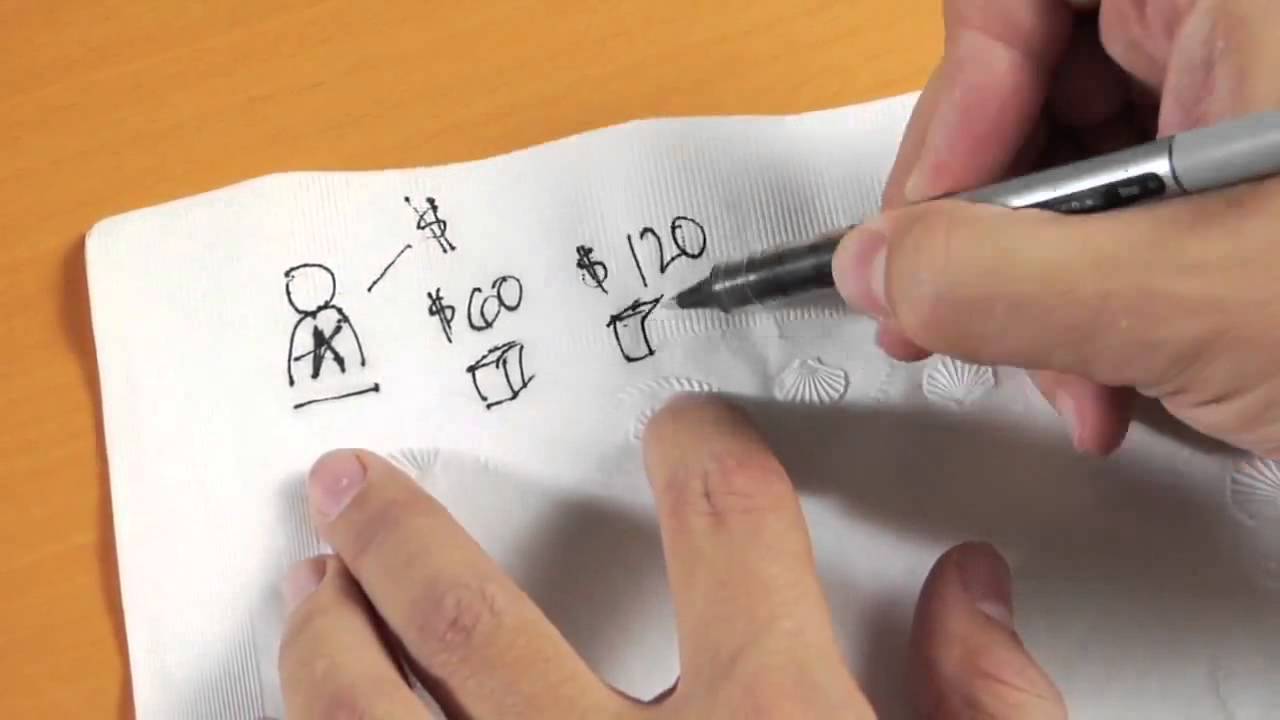
One common problem managers have with MGOs is how to manage their time. Or maybe I should say how NOT to manage their time. Some managers believe that the 8 to 5 rule for employees actually applies to MGOs. And that is how they measure productivity, loyalty, hard work, dedication – all the stuff that goes into an employee performance evaluation.
Here’s the problem. You could decide you have a model employee by measuring how often and how long he or she is IN the office. But that MGO could be a total failure from a major gifts and donor management point of view. Why? Because being in the office has very little to do with major gift success.
It is when MGOs are with donors – WITH them – that success happens and productivity increases.
So why are some managers obsessed with whether their MGOs are in the office or not? There are several reasons, but here are a few:
- They haven’t thought logically about what really matters. I think this is the most common reason. They are thinking the “in office” thing matters more than the “with donors” thing. It is common for a manager to think this way. After all, most employees need to be in the office to do their work. So this must apply to MGOs as well, right? Nope. It doesn’t apply to sales people either. Think about it this way: if a sales person’s performance evaluation was based solely on how often she was in the office, it is highly likely that no sales would actually occur. And the MGO situation is exactly the same. Major gift fundraising is really a form of sales. MGOs need to be “out there” in order to be successful.
- They don’t trust the MGO. I’ve been in this situation before – one in which I had an employee I just didn’t trust. And then a wise management counselor pointed out that what I needed to do was change my focus from lack of trust to what needed to be done, and then measure that. Was what we had agreed that needed to be done actually getting done? Wasn’t that the important thing? This leads to the next similar, but slightly different point…
- They’re managing hours worked vs. objectives reached. It seems to me that the management question, in relationship to an MGO, isn’t best answered by measuring how many hours are worked, but rather by measuring how many pre-agreed upon objectives are reached. And if those objectives are the right ones, then the importance of watching hours suddenly dims into insignificance.
Does all of this mean that an MGO can just manage her own day however she wants as long as the objectives are reached within the right time and cost parameters? Yep. And here is where a knot starts to develop in most every manager’s stomach.
Because it seems inconceivable that a manager should allow an MGO to go to the gym or yoga till 10 a.m. every other business day, take half of a business day to take care of some personal things, or modify the workday on a regular basis.
But think about this: when does an MGO actually do his best work? A good MGO does his best work when the donor is available to him. And that may be at 6 or 7 p.m. on any given weekday. It may be on a Saturday morning or a Sunday afternoon or evening. It could be a 6:30 a.m. breakfast or a late dinner or social club meeting on a Thursday evening. It could be any time.
And THAT is the reality of the life of a successful MGO – there are no regular hours. None – with one exception. The only time an MGO needs to be in the office is for administrative/management meetings that require her presence. And by administrative, I mean time spent with her support person or attending a staff or management meeting. Other than that, the best use of time for an MGO is spending it out with donors.
It’s OK if you are a manager reading this and getting nervous about giving MGOs license to just live their lives however they want. But keep reading. I think you will find comfort in what I am going to say next.
Let’s reframe the relationship you have with your MGO. Let’s assume that you agree that there are five areas in which you will measure your MGO production/performance. Here they are. You want:
- To see caseload value increase from X to Y. You have in your hands your MGO’s current caseload. And you can see what each donor gave in the last calendar or financial period. You know what that number is. It is your baseline. Now you work with your MGO to set goals for the coming financial period. Not an overall goal for the caseload. No. A goal for every donor on the caseload. You and your MGO agree to these goals. And now you have a factual, data driven basis to measure the increase of caseload value over the next financial period.
- To see donor value retained. You have measured what the current value attrition is for the MGO’s caseload. If it is a new caseload, it is most likely to be in the 30-50% range. In other words, there is a boatload of money being lost every year from these donors. If it is an older caseload, the value attrition may be in the 7-20% range. But you know what it is for this MGO’s caseload. And you agree with the MGO what it needs to be 12 months from now. This is another factual, data-driven basis with which to measure MGO performance.
- To see six and seven figure gifts come in. Even just one will do. Why? Because you believe that buried in that MGO’s caseload is at least one, maybe two, donors who can give more if they are handled right. So you have agreed with your MGO that this will also be a measurement for the coming year. You expect to see at least one six or seven figure gift come in. By stating this you are saying that, while donor value retention is good (point #2 above), you also want to see at least one donor moved to a point where something more significant happens. Here is one more factual, data driven performance metric.
- To have an agreed ROI (return on investment) for the MGO. This is reasonable. You add up the MGO compensation and benefits, the office costs, any other administrative and capital costs, and all operating costs (travel, meals, etc.) and you get the cost basis for the MGO. You put that number against the total revenue goal in point # 1 above and you have a ROI figure. If this is a new MGO and part of a new major gift program, that ratio could be as low as 1:2 or 1:3. But as the program matures it needs to move to 1:4, then 1:6, then up to 1:8 and higher. If it doesn’t, something is wrong. Another performance metric.
- To see the MGO regularly connect to program. This may be a softer metric, but it is still a very important one. An MGO needs to be regularly connecting to program people and visiting program sites. Jeff and I think this should happen at least once a week. Here is why this is important: program information is like fuel for an engine. The engine will not run without fuel. Nor will an MGO be successful without program information. Things like: What does program need money for? What is working? Securing stories of lives changed. Securing stories of need, etc. This is the final performance metric. Did the MGO get to program at least once a week?
Now, you have to admit that if, as a manager, you are measuring these five areas and seeing progress in all of them, then the whole “what hours is the MGO working?” topic becomes less important. And that is why Jeff and I can boldly say that if you are doing this kind of performance measurement, then tracking hours is actually a waste of time and energy.
If you have an MGO is who is truly abusing time and your trust, believe me, it will show up in these metrics. It always does. And that’s when facts are friendly and no one can argue a different point of view.
There is one other little nuance here you must pay attention to. So now you have created all the performance measurements I have suggested here. Your MGO is in agreement, and life is good. Then a huge, unexpected gift comes in. I had an experience once when this happened and the MGO said, “Well, I guess I can take the rest of the year off. I have met my caseload goal.” And he was serious.
I said, “Nope. I am taking that gift out of your caseload for evaluation purposes in order to see how the rest of the caseload is doing. And, when I do that, you will see there is plenty of work still to do. I am really thankful for your good work in bringing in that big gift, but that is one donor. Now we need to turn our attention to the other donors on your caseload.”
And that is where we left it. And it’s exactly what you should do as well.
So, are there regular office hours for an MGO? No, I don’t believe there are. But this can only be understood if you have set up the agreed-upon performance criteria I have written about in this post. Instead of being wound up about whether your MGO is in the office, change your focus to encouraging him to be OUT of the office with the good donors on his caseload. That will be a better use of time and provide the best experience for every donor on his caseload.
Richard







I am in total agreement with you when it comes to the MGO’s work hours and being in the office. An MGO is going to be most effective when being with the prospect in person, asking questions, sharing pertinent stories, and gauging the prospect’s interest and readiness. In my opinion, meetings should be held at the prospects’ homes or offices for their convenience, not the organization’s. When possible and appropriate, the spouse or partner of the prospect should be included in the conversation, as financial decisions are often joint decisions.